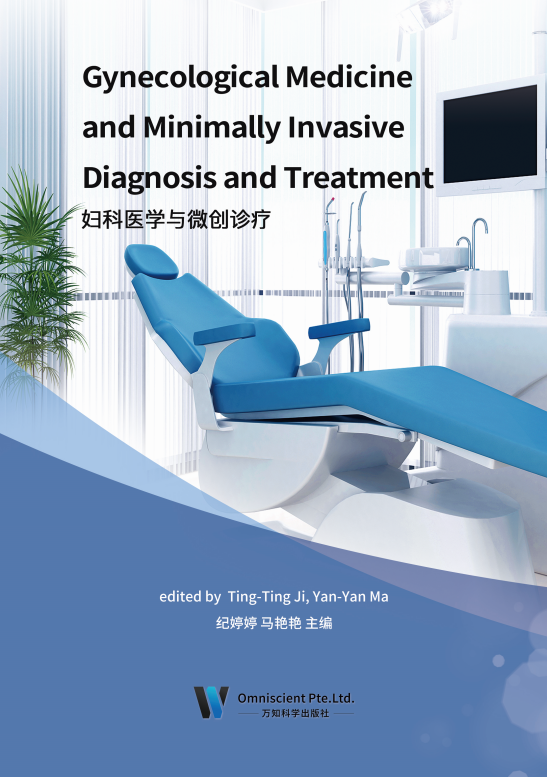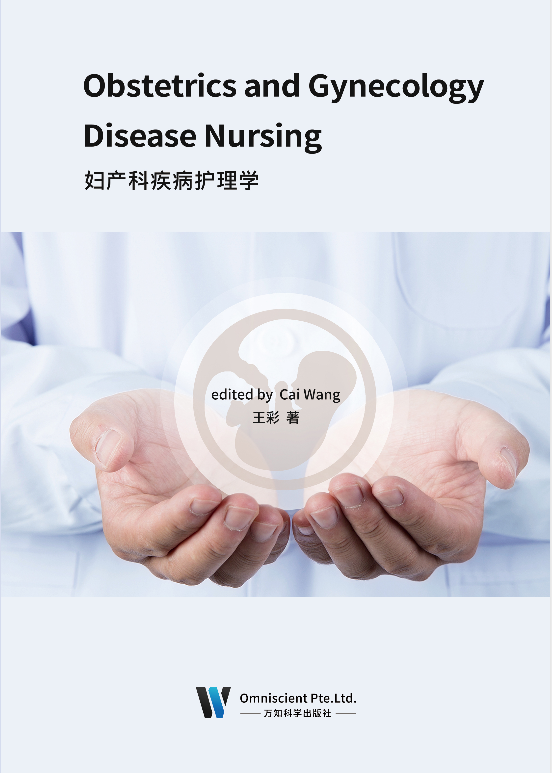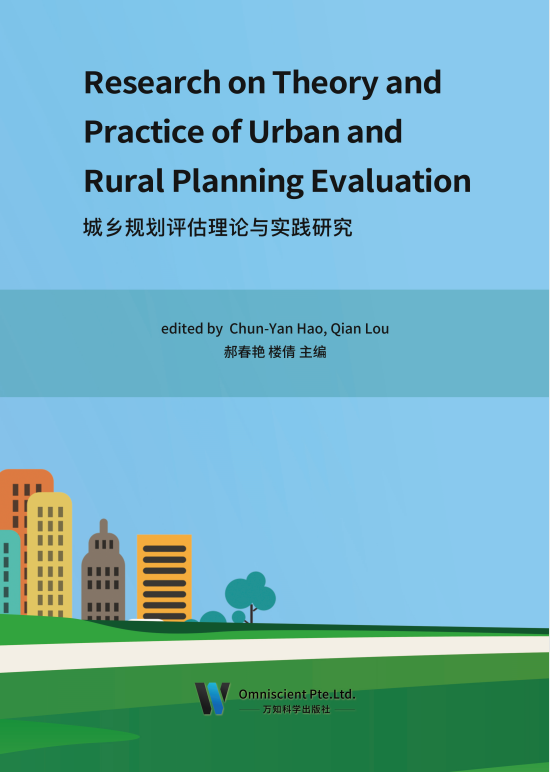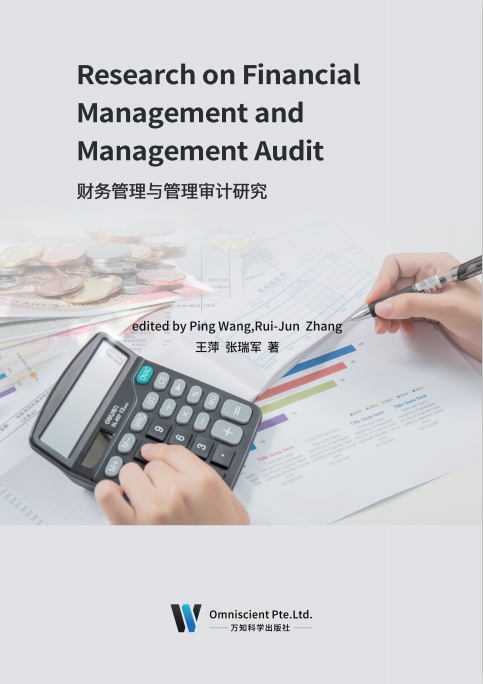
With the continuous improvement of China’s engineering construction system, the increasing construction market and the increasingly fierce market competition, it is more and more important to realize the modern management of engineering project construction. The scientific engineering project management theory, methods and means, the socialization and specialization of management personnel, the core of knowledge management, and the informatization of management are increasingly prominent.
This book starts from highway project construction management and highway construction maintenance. According to modern project management theory, using information and network technology, and combining with the actual situation of other expressway projects, the book constantly innovates in project management practice, and integrates the management value concept, method, measures and knowledge utilization information means of project managers. The project dynamic management system is constructed and applied to expressway construction project management. Highway as a traffic product, its construction directly reflects whether the traffic in a region is developed. With the continuous development and improvement of modern transportation, people’s living standard has been improved day by day, and the highway is more and more important for people’s daily life. Therefore, it is of great significance to improve the management level of expressway and ensure the safety and smoothness of highway. As the infrastructure of a country, highway belongs to the scope of public goods in essence, and has the nature of social public welfare. Therefore, in order to better improve the management level of expressway and ensure the safety and smoothness of highway, it is necessary to strengthen the construction management of expressway and strengthen the innovation of maintenance measures. Due to the author’s lack of experience, there may be mistakes and omissions in the article. Readers can give criticism and correction.
前 言
随着我国工程建设体制的不断完善,建设市场的日益增长和市场竞争的日趋激烈,工程项目建设实现现代化的管理越来越重要,工程项目管理理论、方法、手段的科学化,管理人员的社会化和专业化,知识管理的核心化,管理的信息化等作用日益突出。
本书从高速公路项目建设管理和高速公路施工养护出发,按照现代项目管理理论,运用信息、网络技术,结合其他高速公路项目实际情况,在项目管理实践中不断创新,将项目管理者的管理价值理念、方法、措施、知识利用信息化手段融为一体,进行项目动态管理系统的构建,并应用于高速公路工程建设项目管理。高速公路作为一项交通产物,它的建设情况直接反映了一个地区的交通是否发达。随着现代化交通运输的不断发展与完善,人们生活水平日益提高,公路对于人们的日常生活而言越发重要,因此,提高高速公路的管理水平,保障公路的安全与畅通具有重要的意义。 公路作为一个国家的基础设施, 从本质上来讲其是属于公共产品范围的,具有社会公益性。因此,为了能够更好地提高对高速公路的管理水平,保证公路的安全与畅通,需要加强对高速公路的建设管理,加强养护措施的革新。由于作者经验不足,文章可能会出现错漏,望广大读者给予批评指正。

With the progress of society, people’s ideas are further open, and the topic of caring for women’s health is no longer a secret that can not be said, which improves a good social environment for the development and progress of clinical gynecological medicine. The improvement of gynecological medical diagnosis and treatment technology, especially the emergence of minimally invasive treatment technology, is not only a great change and progress in the medical history, but also brings new hope and gospel to the majority of female friends suffering from pain.
This book is divided into three parts. First, it summarizes the relevant theoretical concepts of gynecological medicine, and then expounds the relevant concepts and diagnosis and treatment technology of clinical obstetrics and gynecology from the aspects of gynecological inflammation, sexually transmitted diseases, female reproductive endocrine, gynecologic tumor and other gynecological diseases. Finally, the application of gynecological minimally invasive surgery and gynecological abdominal cavity minimally invasive treatment technology was emphatically elaborated. The theoretical research and clinical cases of medical technology in China were combined to seek technical breakthroughs in the field of gynecological medicine. This is the intention of the book. Due to the large number of contents in this book, the format, depth and breadth of each chapter may not be consistent, and fallacies are inevitable. Readers are welcome to criticize and correct it.
前 言
随着社会的进度,人们的思想观念进一步开放,关爱女性健康的话题已不再是不能说的秘密,这为临床妇科医学的发展与进步提高了良好的社会环境,而妇科医学诊疗技术水平的提高,尤其是微创治疗技术的出现,不只是医学史上的一大变革与进步,更给广大饱受病痛折磨的女性朋友带来了新的希望与福音。
本书分为三个部分,先综述妇科医学相关理论概念,再从妇科炎症、性病、女性生殖内分泌、妇科肿瘤等妇科疾病方向分别阐述了临床妇产科学相关理念与诊疗技术,最后针对妇科微创手术与妇科腹腔微创治疗技术应用进行了重点阐述,将我国医疗技术方面的理论研究与临床案例相结合,寻求妇科医疗领域的技术突破。这是本书研究的意图所在。由于本书包罗内容较多,各章节内容的格式、深度和广度可能并不一致,且谬误不可避免,敬请广大读者批评指正。

This book focuses on the general nursing technology and nursing routine of obstetrics and gynecology diseases, as well as the concept, etiology, pathogenesis and clinical characteristics of gynecological and obstetric diseases. Then it lists the routine nursing problems, lists the relevant nursing objectives for each nursing problem, and finally makes corresponding nursing measures. The book is clear, focused, concise and practical. It is an important reference book for clinical nurses and medical staff of related disciplines.
This book not only expounds the basic nursing technology of obstetrics and gynecology, but also discusses the nursing of various common diseases in gynecology and obstetrics on this basis. According to the nursing of common diseases, it first outlines the etiology, pathology and clinical characteristics of the disease, then lists common nursing problems, and then lists the relevant nursing objectives for each nursing problem, and finally makes corresponding nursing measures.
The purpose of compiling this book is to provide a certain knowledge basis for medical obstetrics and gynecology in China, and to ensure that medical staff can have a solid basic knowledge concept and practical thinking.
Due to the content of this book is more, involving more knowledge points, the depth and breadth of the contents of each chapter may be inconsistent, and fallacies can not be avoided. Readers are welcome to criticize them.
前 言
本书重点论述了妇产科疾病的一般护理技术、护理常规,以及妇科、产科常见疾病的概念、病因及发病机制、临床特点,然后列举常规护理问题,再针对各护理问题列出相关护理目标,最后做出相应护理措施。全书条理清晰、重点突出、简洁实用,是妇产科临床护士及相关学科医务人员的重要参考书。
本书不仅阐述了妇产科的基础护理技术, 并在此基础上对妇产科多种常见疾病做了护理论述。针对各常见疾病的护理,其先略述疾病病因、病理及临床特点,然后列举常见护理问题,再针对各护理问题列出相关护理目标,最后做出相应护理措施。
编写本书目的是为我国医学妇产事业提供一定的知识基础,确保医护人员能够具备扎实的基本知识概念和实践思路。
由于本书的内容比较多,涉及的知识点比较多,各章节内容的深度和广度可能存在不一致,且谬误无可避免,敬请广大读者批评指正。

“Harmonious city” is not only a goal, but also a tool to analyze the current situation of urban development and propose solutions. We should not only see the four key areas supporting the “harmonious city”: the harmonious space and region, the harmonious society and economy, the harmonious environment and the planning and control oriented to the harmonious city, but also see the intangible assets that contribute to the urban harmony discussed in the report, such as cultural heritage, sense of place and memory, complex social and symbolic relationship, etc. These intangible assets, which represent the soul of the city, are as important as the tangible assets for the harmonious development of the city. The establishment of “harmonious city” is fundamentally based on the harmony between man and nature, man and man, spirit and material. The harmonious development of urban economy, the harmonious life in the age of science and technology, the harmonious operation of community cells and the harmonious interaction between the city and the countryside. The foundation of this foundation lies in the harmony of urban and rural multi cultures.
Due to the different development stages of cities, the research on urban planning evaluation in western developed countries started earlier, and gained rich experience and research results in theory, method and practice. Since the 1950s, with the promotion of the application of systematic method in the field of urban planning and the further improvement of economic and policy scientific methods, the research on urban planning evaluation has been widely carried out. At the beginning of the 21st century, the urban planning evaluation research in western developed countries has gone through a total of 60 years of development, and has initially formed a relatively complete evaluation theoretical system. The evaluation content extends from single scheme evaluation to comprehensive evaluation of planning value standard, public policy expression, planning implementation process and planning implementation effect; the evaluation method extends from qualitative evaluation to the combination of qualitative and quantitative evaluation, and constructs index system to evaluate each content; the evaluation practitioners are also from government departments, third-party professionals to the public; and has established a relatively complete evaluation information system and evaluation implementation mechanism.
前 言
“和谐城市”既是一个目标,又是一个分析城市发展现状问题和提出解决途径的工具。我们不仅仅要看到支撑“和谐城市”的四个关键领域:空间区域和谐社会经济和谐、环境生态和谐和面向和谐城市的规划管制,更应该看到报告中讨论的对城市和谐作出贡献的各种无形资产,例如文化的传承、场所感和记忆,复杂的社会与象征性关系等赋予城市意义的要素,这些代表了城市灵魂的无形资产与有形资产对于城市的和谐发展一样至关重要。建立“和谐城市”,是从根本上立足于人与自然人与人、精神与物质和谐,在形式上体现为多元文化的和谐共存。城市经济的和谐发展、科技时代的和谐生活、社区细胞的和谐运作以及城市和乡村的和谐互动,而此基础之上又在于城市多元文化和乡村多样文化的和谐。
由于城市自身所处的发展阶段不同,西方发达国家对城市规划评估的研究开始较早,取得了较丰富的理论、方法以及实践方面的经验和研究成果。从 20 世纪 50年代开始,随着系统方法在城市规划领域运用的推进和经济学、政策科学方法的进一步完善,对城市规划的评价研究得到了广泛的开展。到 21 世纪初期,西方发达国家的城市规划评估研究总共经过了 60 年的发展历程, 初步形成了较为完善的评估理论体系。评估内容从单一的方案评估扩展到对规划价值标准、公共政策表达、规划实施过程、规划实施效果等全面的评估;评估方法从定性评价扩展到定性与定量相结合、构建指标体系评价各个内容;评估从业人员也从政府部门、第三方专业人士到市民大众;并且建立了较为完善的评估信息系统和评估实施机制。

Financial management is based on the objective existence of financial activities and financial relations in the process of enterprise reproduction. It is an economic management work for enterprises to organize financial activities and deal with various financial relations.
Through the management of capital movement and value form, it penetrates into all management fields like production and operation of enterprises. Financial management is the management of asset purchase (investment), capital financing (financing), cash flow (working capital) and profit distribution. Financial management is an integral part of enterprise management. It is an economic management work to organize enterprise financial activities and deal with financial relations according to financial laws and regulations and the principles of financial management.
In modern enterprise management, financial management is a systematic project involving a wide range, comprehensive and restrictive. It is a comprehensive management of planning, decision-making and control of enterprise capital flow through value form. It is the core content of engineering economy and enterprise management.
Since the beginning of the 1980s, the audit work in China has developed rapidly. Both the establishment of audit institutions and the construction of audit laws and regulations, as well as the formulation and improvement of audit standards for various audit subjects, have made unprecedented progress. Audit education has also developed from scratch, and has been constantly developed and strengthened.
前 言
财务管理是基于企业再生产过程中客观存在的财务活动和财务关系而产生的,是企业组织财务活动、处理与各方面财务关系的一项经济管理工作。
它通过对资金运动和价值形态的管理,像血液一样渗透贯通到企业的生产、经营等一切管理领域。财务管理是在一定的整体目标下,关于资产的购置(投资)、资本的融通(筹资)和经营中的现金流量(营运资金),以及利润分配的管理。财务管理是企业管理的一个组成部分, 它是根据财经法规制度, 按照财务管理的原则,组织企业财务活动,处理财务关系的一项经济管理工作。
在现代企业管理当中,财务管理是一项涉及面广、综合性和制约性都很强的系统工程。它是通过价值形态对企业资金流动进行计划、决策和控制的综合性管理,是工程经济、企业管理的核心内容。
自 20 世纪 80 年代初我国开展审计工作以来,我国的审计事业发展迅速。无论是审计机构的设置与审计法规的建设,还是各种审计主体审计准则的制定与完善,都取得了前所未有的进步。审计教育事业也从无到有,并得到不断的发展与壮大。